In this Arduno Machine learning project we're going to identify the letters from the Morse alphabet.
In practice, we'll translate dots (•) and dashes (‒) "typed" with a push button into meaningful characters.
In this tutorial we're going to target an Arduino Nano board (old generation), equipped with 32 kb of flash and only 2 kb of RAM.
Page 4 of 4
Sometimes you may need to wait for a certain condition to become true, but you don't want to wait forever: it may be awaiting for Serial, for the Wifi to connect to a network, or the response from a SoftwareSerial peripheral. The await construct lets you put an upper bound to the time you're willing to wait.
The every construct lets you run a piace of code at regular intervals in a fluent way. If you don't need to start, stop, pause your timer, this construct is a valid alternative to more complex timer libraries already available: it only takes a time interval as argument and will execute the code block periodically.
In this short tutorial I'll show you how you can install the Eloquent library to take advange of all the good things it provides to you.
It really is super simple, since the Eloquent library is no different from any other library you already installed on your computer, but I'll repeat the steps for clarity.
In this Arduno Machine learning project we're going to use an RGB sensor to identify objects based on their color.
This is a remake of the project found on the Tensorflow blog. We're going to use a lot less powerful chip in this tutorial, tough: an Arduino Nano (old generation), equipped with 32 kb of flash and only 2 kb of RAM.
In this first tutorial from the series Arduino Machine learning we're going to implement the "Hello world" of Machine learning projects: classifying the Iris dataset on an Arduino board. The Iris dataset is a well known one in the Machine learning world and is often used in introductory tutorials about classification.
In this tutorial we're going to run the classification directly on a Arduino Nano board (old generation), equipped with 32 kb of flash and only 2 kb of RAM: that's the only thing you will need!
Are you getting started with Machine learning on Arduino boards? Do you want to run the model you trained in Python into any C++ project, be it Arduino, STM32, ESP32?
In this tutorial I'll show you how easy it is: we'll go from start to end in just 4 easy steps!
A lot of forum threads ask about the possibility to run Machine learning on Arduino.
The answers mostly follow in one of these 3 categories:
- Arduino is too resource-constrained to handle Machine learning
- Come up with a naive implementation of a Multi Layer Perceptron
- (recently) Sure! You can use Tensorflow Lite for Microcontrollers
No single answer I read talked about the other 100s alghoritms that fall under the Machine learning umbrella. No. Single. One. Let me explain what I think is wrong with this.
Eloquent Arduino is an attempt to bring sanity and clarity in Arduino projects. The purpose of this library is to create a wide range of constructs to clearly translate your ideas into meaningful code: stop writing spaghetti code only you can undestand, please! I'll show you how.
© 2020 Eloquent Arduino Blog
Theme by Anders Norén — Up ↑

